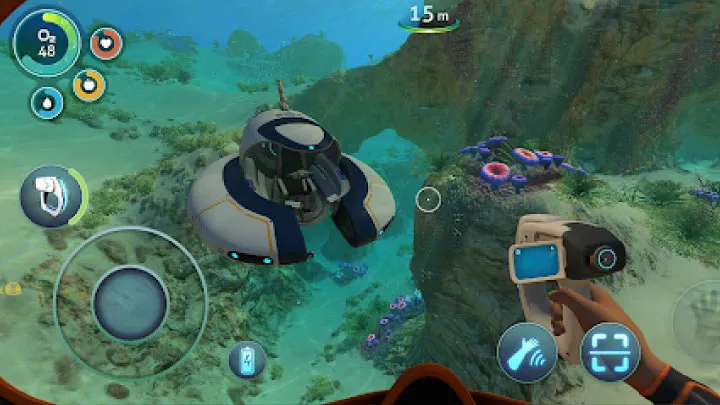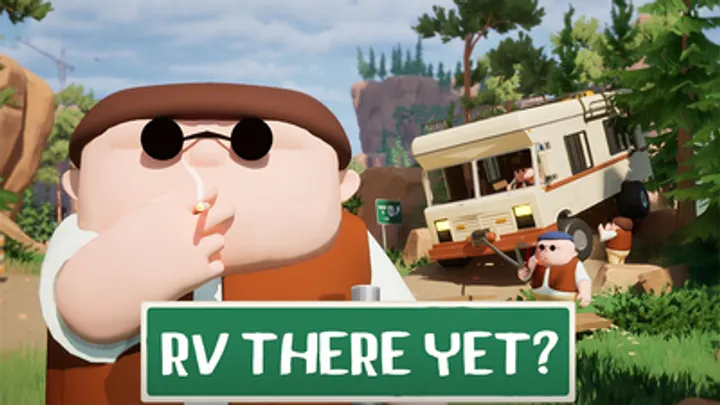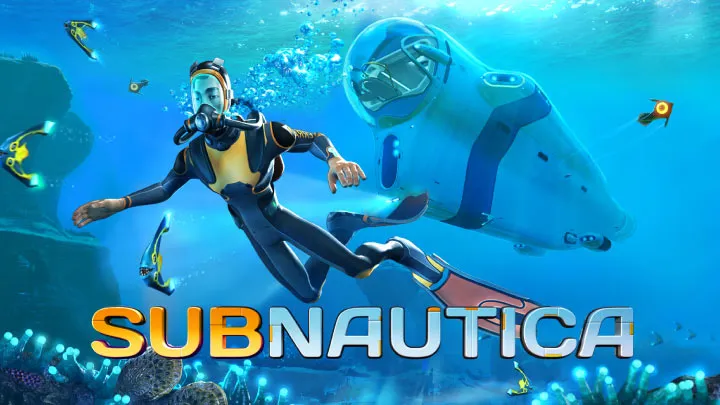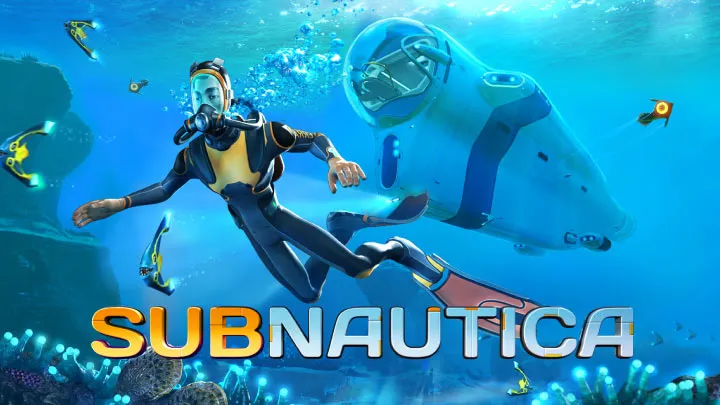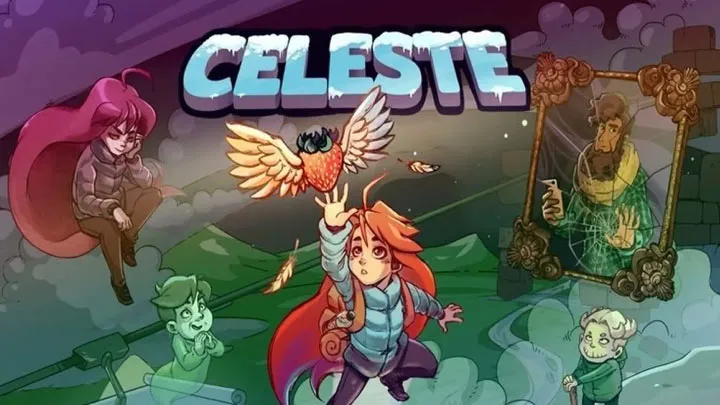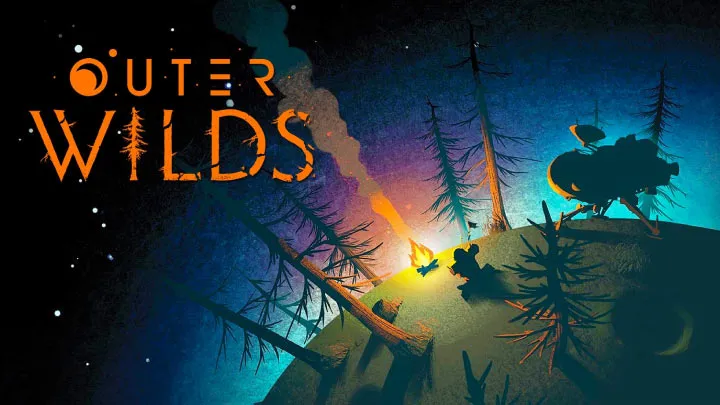Subnautica is an immersive survival adventure game set in the depths of an alien ocean. Players assume the role of a lone survivor after their spaceship crashes on an aquatic planet. As you explore this stunning underwater world, you'll gather resources, build bases, and encounter a variety of marine life. This guide will provide essential tips and strategies to help you survive, thrive, and uncover the mysteries of Subnautica.
Understanding the Game Mechanics
Before diving into the depths of Subnautica, it's crucial to understand the core mechanics that define gameplay. Familiarizing yourself with these elements will enhance your experience and survival chances.
Basic Controls and Interface
Subnautica features intuitive controls that allow players to navigate the underwater environment easily.
Key Controls
- Movement: Use the W, A, S, D keys to swim in various directions.
- Interact: Press the left mouse button to interact with objects or resources.
- Inventory Management: Access your inventory using the Tab key to manage resources and equipment.
Understanding these basic controls will allow you to navigate your surroundings effectively.
Health and Oxygen Management
In Subnautica, managing your health and oxygen levels is crucial for survival.
Health Management
- Health Points: Your health is displayed in the HUD. Avoid damage from hostile creatures and environmental hazards.
- Healing Items: Use first aid kits or consume food to restore health. Always keep a few in your inventory.
Oxygen Management
- Oxygen Supply: Your oxygen levels deplete while submerged. Monitor your oxygen meter closely.
- Breathing Equipment: Equip a Standard O2 Tank to increase your oxygen capacity. Upgrade to larger tanks as you progress.
Effective management of health and oxygen will significantly enhance your chances of survival.
Gathering Resources
Resource gathering is a fundamental aspect of Subnautica. Understanding how to efficiently gather and utilize resources will aid your survival.
Key Resources to Collect
- Titanium: Obtained by breaking down scrap metal or mining limestone deposits. It's essential for crafting tools and building bases.
- Silicone Rubber: Crafted from Creepvine Seed Clusters, used for various equipment and tools.
- Copper Ore: Mined from limestone deposits, used for crafting electronics and batteries.
Gathering these resources early will set a strong foundation for your survival efforts.
Efficient Resource Gathering Techniques
- Scan for Resources: Use your scanner to locate resources more effectively. Scanning items also provides blueprints for crafting.
- Inventory Management: Organize your inventory to prioritize essential items. Always have space for new resources.
- Mark Locations: Use beacons to mark resource-rich areas for future reference. This will save time during resource collection.
Implementing these strategies will streamline your resource-gathering efforts.
Building Your Base
Establishing a base is crucial for survival in Subnautica. A well-designed base provides shelter, storage, and crafting facilities.
Choosing a Location
- Proximity to Resources: Select a location near essential resources like titanium, copper, and food sources.
- Safe Environment: Avoid areas with aggressive wildlife. Look for calmer regions to build your base.
- Accessibility: Choose a site that allows easy access to the surface and nearby biomes for exploration.
Choosing the right location will facilitate your survival and resource-gathering efforts.
Base Building Essentials
- Foundation: Start with a sturdy foundation to support your base. Use titanium to create the base structure.
- Habitat Modules: Add modules for living spaces, storage, and crafting. Each module serves a specific purpose.
- Power Supply: Install solar panels or bioreactors to provide power for your base. Managing power is essential for running equipment.
Building an efficient base will enhance your survivability and exploration capabilities.
Exploring the Biomes
Subnautica features diverse biomes, each with unique resources, creatures, and hazards. Understanding these biomes will enhance your exploration experience.
Overview of Biomes
- Safe Shallows: The starting biome, rich in resources and relatively safe. Ideal for early exploration and gathering.
- Kelp Forest: A dense forest of Creepvine, home to various resources and marine life. Be cautious of predators.
- Grassy Plateaus: A biome filled with coral, resources, and some hostile creatures. Good for resource gathering.
Familiarizing yourself with these biomes will help you navigate the underwater world effectively.
Exploration Tips
- Use Upgrades: Upgrade your equipment, like the Seamoth or Prawn Suit, to explore deeper and more dangerous areas.
- Bring Supplies: Always carry food, water, and first aid kits when exploring to ensure you can handle unexpected situations.
- Take Notes: Keep a log of areas you've explored and resources found. This will help you track your progress and plan future expeditions.
Effective exploration will yield valuable resources and enhance your gameplay experience.
Crafting Equipment and Tools
Crafting is essential in Subnautica, allowing players to create tools, equipment, and upgrades that enhance survival chances.
Essential Equipment to Craft
- Survival Knife: A basic tool for gathering resources and defending against predators.
- Scanner: Essential for scanning objects and creatures, allowing you to acquire blueprints.
- O2 Tank: Increases your oxygen capacity, enabling longer underwater exploration.
Crafting these items early will significantly improve your chances of survival.
Crafting Strategies
- Blueprints: Collect blueprints by scanning items. This will unlock new crafting options and improve your toolkit.
- Prioritize Crafting: Focus on crafting essential items first, such as the O2 Tank and Scanner, to enhance your capabilities.
- Experiment: Don’t hesitate to experiment with different materials and combinations to discover new recipes.
Implementing these strategies will streamline your crafting process.
Encountering Creatures
The ocean of Subnautica is teeming with diverse marine life, ranging from friendly to hostile. Understanding these creatures will enhance your survival chances.
Types of Creatures
- Friendly Creatures: Such as the Flierfish and Peepers, these creatures can be harvested for food and resources.
- Hostile Creatures: Beware of aggressive predators like the Stalker and Reaper Leviathan. Avoid confrontations whenever possible.
- Giant Lifeforms: Some biomes feature massive creatures that can be both awe-inspiring and dangerous.
Recognizing different creatures will help you navigate the ocean more safely.
Strategies for Encountering Creatures
- Observe Behavior: Spend time observing creatures to understand their behavior and avoid attacks.
- Use Stealth: When approaching hostile creatures, use stealth to avoid detection, allowing you to gather resources safely.
- Equip Defense Tools: Craft weapons and tools to defend yourself against aggressive creatures if necessary.
Developing strategies for encounters will enhance your survival in the ocean.
Managing Food and Water
Sustenance is vital for survival in Subnautica. Managing food and water supplies will ensure you can explore without interruptions.
Food Sources
- Fish: Catch fish like the Peepers or Bladderfish for sustenance.
- Plants: Harvest Creepvine or other edible plants for additional food options.
- Cooking: Use a cooking station to prepare food, which provides more significant health benefits than raw items.
Managing your food sources effectively will keep you well-nourished during your explorations.
Water Management
- Filtration: Use the Fabricator to create a Water Filtration Machine, which converts saltwater into drinkable water.
- Bladderfish: Catch and consume Bladderfish for a quick source of water.
- Monitor Supplies: Always keep an eye on your food and water levels to avoid emergencies.
Implementing these strategies will ensure you remain hydrated and healthy.
Progressing Through the Story
Subnautica features a rich narrative that unfolds as you explore the ocean depths. Engaging with the story can enhance your experience and provide context for your survival efforts.
Key Story Elements
- The Aurora: Your crashed spaceship, which serves as the catalyst for your survival journey. Exploring the wreck offers valuable insights and items.
- Alien Artifacts: Discovering alien technology and artifacts provides background on the planet and its history.
- Survivor Logs: Finding logs from previous survivors can enhance your understanding of the world and its dangers.
Engaging with these story elements will deepen your connection to the game.
Story Progression Tips
- Follow Objectives: Pay attention to story objectives that guide your exploration and resource gathering.
- Explore Thoroughly: Don’t rush through the game. Take the time to explore every area to uncover lore and secrets.
- Document Findings: Keep track of significant discoveries and story elements in a journal to reflect on your progress.
Following these tips will enhance your storytelling experience.
Engaging with the Community
The Subnautica community is vibrant, filled with players eager to share tips, strategies, and experiences. Engaging with this community can enhance your gameplay experience.
Online Resources
Participating in online forums and social media groups can provide valuable insights and tips.
Benefits of Community Engagement
- Knowledge Sharing: Learn from experienced players’ insights and strategies for overcoming challenges.
- Updates and News: Stay informed about any updates, patches, or community events related to the game.
- Collaborative Problem-Solving: Discuss challenges and solutions with fellow players.
Being part of the community can enhance your overall experience and provide new ideas for gameplay.
Content Creators
Many content creators share their journeys through Subnautica on platforms like YouTube and Twitch.
Following Content Creators
- Gameplay Walkthroughs: Watch walkthroughs to gain insights into difficult sections or strategies.
- Creative Playstyles: Learn how different players approach the game to inspire your own strategies.
- Lore Discussions: Engage with videos discussing the game’s lore and theories to deepen your understanding.
Engaging with content creators can provide fresh perspectives and innovative strategies to improve your game.
Conclusion
Subnautica offers a captivating experience filled with exploration, survival, and a rich narrative. By mastering the game mechanics, gathering resources, building bases, and engaging with the story, players can thrive in the depths of the ocean. Whether you’re focused on crafting, exploring, or uncovering the mysteries of the planet, these tips and strategies will enhance your gameplay and ensure a rewarding experience.
In summary, mastering Subnautica requires understanding its mechanics, effective resource management, engaging with its rich narrative, and utilizing the community for a fulfilling journey.
